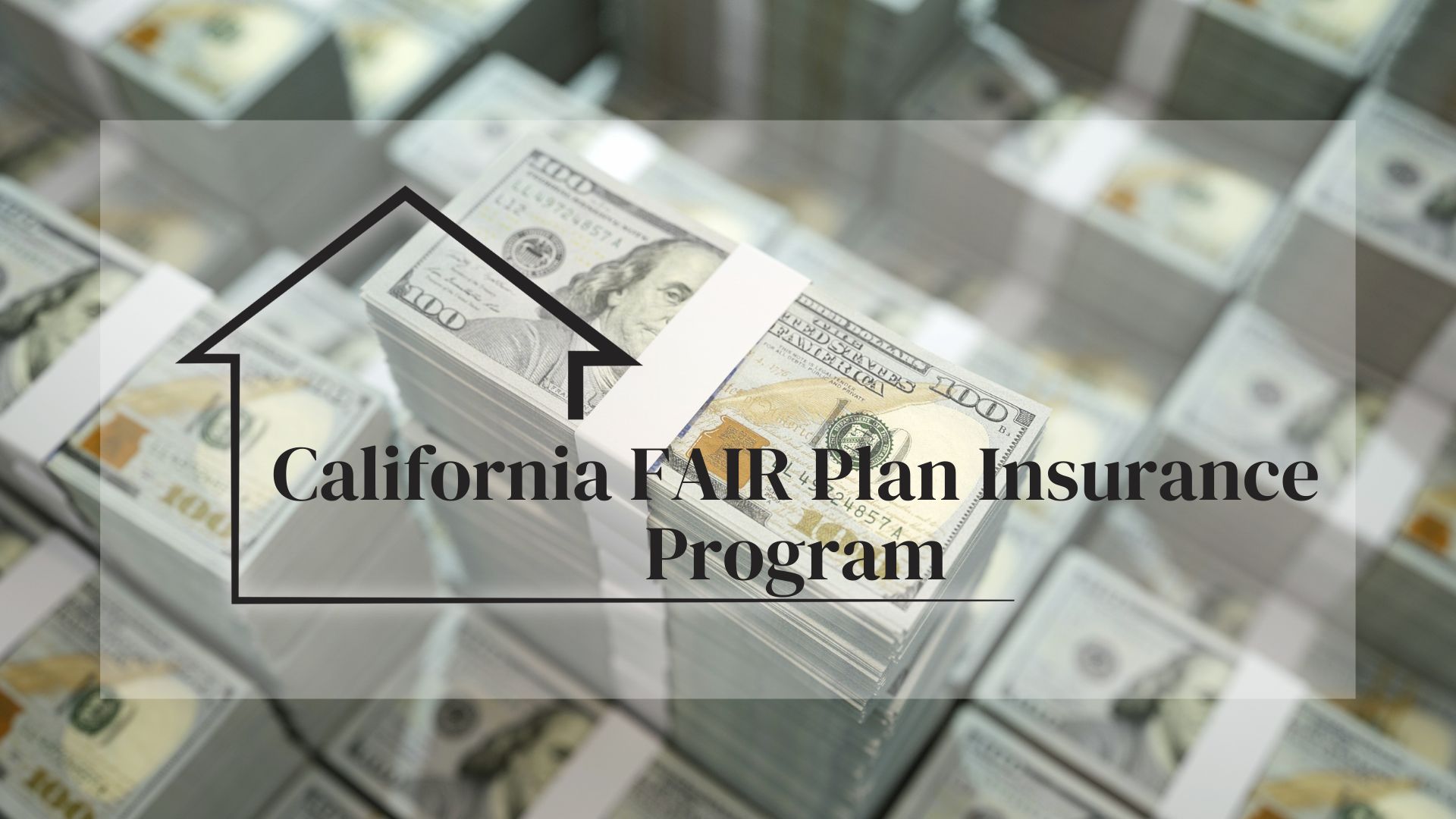Funding the FAIR Plan Without Overburdening Californians
To address the financial pressures caused by rising wildfire claims, the California FAIR Plan is set to receive a $1 billion financial boost. Announced by California Insurance Commissioner Ricardo Lara, this initiative balances the need for immediate stability with measures designed to protect policyholders from undue financial strain, ensuring essential support for wildfire recovery efforts continues.
The FAIR Plan as a Safety Net
The California FAIR Plan provides critical fire insurance coverage to homeowners and renters in high-risk wildfire zones who are unable to secure policies through traditional insurers. Unlike a government-run program, the FAIR Plan is funded collaboratively by insurers operating within the state. Over recent years, as insurers have increasingly reduced their presence in wildfire-prone areas, reliance on the FAIR Plan has grown substantially. Between 2020 and 2024, the number of homes covered under the FAIR Plan more than doubled, now encompassing nearly half a million properties collectively valued at approximately $500 billion.
A Balanced Approach to Funding
Under the new funding model, the $1 billion assessment will be divided between insurers and policyholders. Insurance companies are required to contribute $500 million, while the remaining $500 million will be raised through a temporary supplemental fee on policyholders. To protect consumers, these supplemental fees are governed by strict rules that prevent them from influencing future rate increases as well as being a temporary fee.
This shared responsibility is designed to distribute the financial burden fairly. It aims to shield consumers already dealing with wildfire recovery from disproportionate costs while ensuring the FAIR Plan has adequate resources to meet current and future claims.
Maximizing Existing Resources
Prior to the implementation of the funding plan, the FAIR Plan exhausted its own financial reserves and leveraged reinsurance funds to maintain operations. Reinsurance, a common industry practice, provides financial backing during high-loss periods. These existing resources allowed the Plan to expedite claims processing and issue advance payments for living expenses to policyholders affected by recent fires, such as the Palisades and Eaton fires. Combined, these two devastating events generated nearly 4,700 claims, nearly half of which involved total losses of homes.
The use of reserves and reinsurance minimized immediate reliance on additional funding. This approach reflects a broader strategy to optimize existing capabilities and reduce external financial demands.
Learning from Past Challenges
California’s current funding strategy builds on lessons learned from previous wildfires, including the 1993 Kinneloa Fire and the Old Topanga Fire, when assessments placed significant financial strain on policyholders. The new model emphasizes a collaborative approach, drawing contributions from insurers as well as temporary fees from consumers. This shift helps prevent the inequities of past funding models and reflects an evolved understanding of shared responsibility in managing disaster recovery.
Plans for Long-Term Stability
Beyond immediate funding needs, Commissioner Lara has proposed additional measures to strengthen the FAIR Plan and the state’s insurance framework. One proposal would allow the Plan to borrow funds through bonds or a line of credit, creating access to emergency financial reserves without relying entirely on assessments. Additionally, raising premiums for FAIR Plan policies in high-risk areas is being considered as a potential solution to better align with the increasing risks posed by frequent and severe wildfires.
Equally important is the need to retain private insurers in the market. Lara suggests permitting private companies to charge higher premiums for covering high-risk properties, creating an incentive to remain in the state and reducing pressure on the FAIR Plan.
Broader Implications for Disaster Recovery
California’s approach offers a blueprint for addressing the complex challenges of disaster-related insurance. By pairing immediate financial support with consumer safeguards and long-term structural reforms, the strategy ensures that critical insurance infrastructure remains resilient in the face of escalating climate-related risks.
This model highlights the importance of multi-stakeholder collaboration. Insurers, regulators, and local governments must work together to address systemic vulnerabilities. For example, stricter building codes and infrastructure standards are critical to reducing the damage caused by future wildfires, shifting some of the responsibility onto local governments to help create safer communities.
Moving Forward
While challenges remain, the $1 billion funding boost represents a crucial step toward stabilizing the FAIR Plan and addressing California’s wildfire insurance crisis. The plan’s balanced funding approach, coupled with forward-looking reforms, underscores the importance of shared responsibility in navigating the growing risks of climate change. For other regions experiencing similar pressures, California’s strategy provides a valuable framework for managing disaster recovery without overburdening vulnerable communities.


